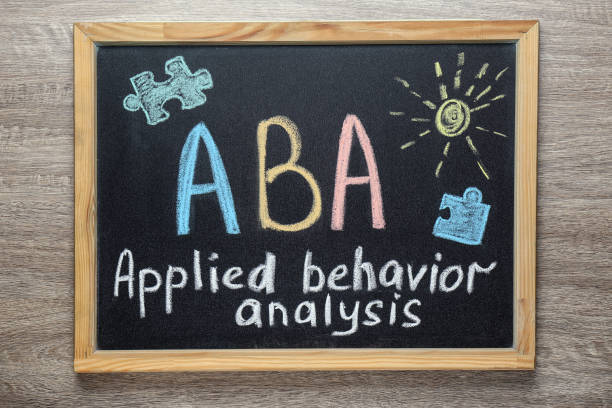ABA therapy is considered by many to be the most effective evidence-based treatment for individuals diagnosed with autism and other developmental disorders. Based on the science of learning and behaviour, ABA provides individuals with the tools to learn needed life skills, increase communication, and decrease behaviours that impact everyday life. For families looking for expert help, Can't learn provides a gate way to individualized and high-quality services resulting in substantial, long-term gains.
What Makes ABA Effective?
The effectiveness of ABA can be attributed to its structured, outcome-based methodology. Therapists collect data and make observations to develop interventions that are individualized and fit the unique needs, strengths, and preferences of each person. The interventions are grounded in the philosophy of positive reinforcement, that is, the reinforcement to teach people to do something that is rewarded.
ABA is adaptable and can be used in a range of environments, including the home, school, and community. This flexibility helps to generalize skills learned to practical situations without the requirement to specifically teach such applications.
Evidence-Based ABA Strategies That Get Results
There are a variety of fundamental approaches utilized in ABA therapy that focus on teaching specific skills to encourage meaningful growth:
Discrete Trial Training: This is a highly structured teaching technique that divides complex lessons into simpler tasks. Each step is explained and practiced separately for easy and consistent learning.
Natural Environment Teaching: This is the teaching of skills through day-to-day routines and interactions, not DTT. It’s a vehicle for allowing people to use what they’ve learned out in the real world.
Task Analysis: A complex activity, such as brushing teeth or packing a backpack, can be broken into small parts, so that people can learn one part until they do it well and then move on to another.
Prompt and Fading: This technique requires aiding the learner to a correct response and fading out the support over time to move towards independence.
Positive Reinforcement: Behavior that is rewarded is more likely to occur. Reinforcers can be anything that is important to the individual praise, special toys, activities, or sensory experiences.
These methods, provided by experienced therapists offering Applied Behavior Analysis in Austin, are personalized to address the individual development objectives of a client at any age, including young kids and teens.
Advantages to Families and Individuals of the Use of ABA
Results have been shown in various areas as a result of ABA intervention:
l Enhanced language and communication
l Greater independence in daily tasks
l Improved focus and attention
l Improved social and peer relationships
l Decreased self-injurious and/or aggressive behaviors
ABA is a program that must be implemented intensively and consistently over time, which is often apparent to the families with whom services are delivered and is also directly reported by the family.
How to Find Applied Behavior Analysis in Austin
If you are considering high-quality ABA therapy, Applied Behavior Analysis in Austin is delivered by experienced clinicians who know the importance of early intervention, regular feedback, and family involvement. Regardless of whether the services you are looking for are for a toddler, child, or teenager, the local ABA provider can aid individuals in thriving within formalized environments and in the real world.
Use this ABA resource to know more about programs, assessments, and therapy options in Austin and what your next steps might be.
Applied Behavior Analysis is not only about addressing behavior it is about unleashing potential. Children and adults can learn skills that result in purposeful life-long growth with the right strategies and support in place.
Willam is the author of this article. To know more about ABA therapy in Pearl Ridge.





Comments